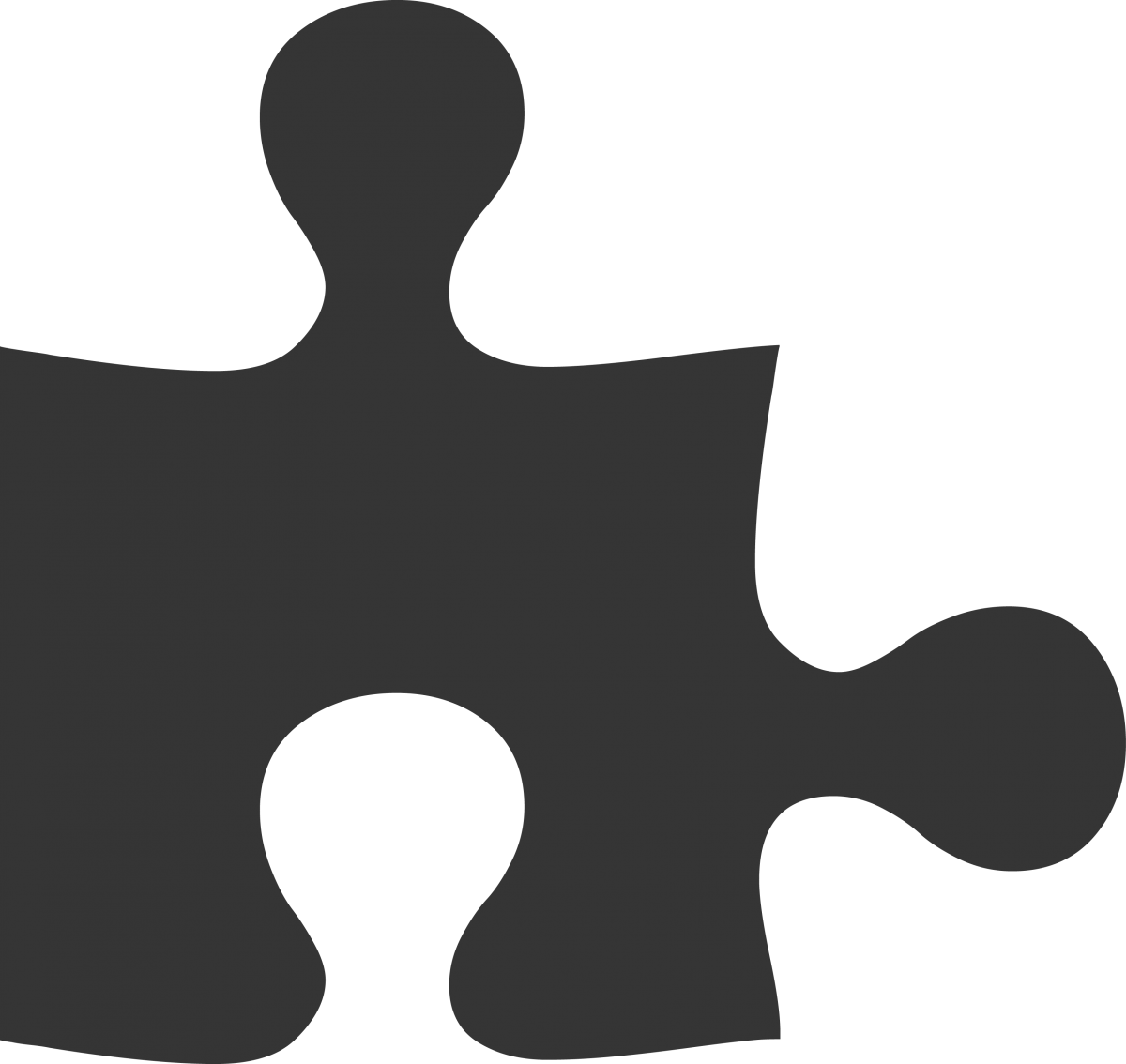
Illustrated by: Sabine Deviche, James Baxter

Let’s take a journey. It is going to be a fast one, so be prepared. Where are we going? We are going to start at your head and end up at your toes. It may not seem like a long trip, but it is going to be fast. It may be the shortest and fastest trip of your life. Are you ready? Let’s begin. Wiggle your big toe. Okay, we’re done. You might be saying, ‘That’s it?’ We said it was going to be a fast ride!
You just sent a message with an electrical signal from your brain to the muscles in your toe and bingo! – it moves. Just how fast was the signal moving? The electrical signals in your body can move as fast as 150 meters per second.
How fast is that? Well, in the amount of time it takes you to say "Mississippi" three times, a nerve could send an electrical signal the length of a football field and back. That is fast! Now that you know how fast a nerve impulse can travel, let’s take a look at the system that is the highway for these electrical signals.

The human body is made of trillions of tiny cells. Each cell is so small you need a microscope to see them. Your skin, your hair, your eyes – all are made up of cells. Different types of cells do different jobs. Muscle cells move your body. Skin cells protect your body. One special type of cell, neurons, allow your brain to send messages to every part of your body.
What Is the Nervous System?

The nervous system is the group of cells in the brain, spinal cord and nerves that are all made out of neurons. When we talk about the nervous system we are talking about the brain, spinal cord, and nerves.
Each of these is made of a specific type of cell called a neuron, or you might have heard them called brain cells.
Passing Along the Message
The center of the nervous system is the brain. The brain takes in what your eyes see and what your ears hear. If you decide that you want to move around, your brain tells your muscles to do it. You can think of your nervous system as a relay team passing a baton from one runner to the next. But instead of runners, you have cells, and instead of a baton, you have information. A neuron in your brain starts the relay, handing its information to the next cell, which passes the information to another cell. In the end, the information reaches its destination and causes a change – maybe a muscle contracts. The "information" baton passed from neuron to neuron is usually a small electrical event called an action potential.

References:
Hirase H, Qian L, Barthó P, Buzsáki G, 2004. Calcium Dynamics of Cortical Astrocytic Networks In Vivo. PLoS Biol 2(4): e96. doi:10.1371/journal.pbio.0020096. Retrieved May 14, 2011 from https://journals.plos.org/plosbiology/article?id=10.1371/journal.pbio.00...
Martini, F. H. and Judi Nath. (2008). Fundamentals of Anatomy and Physiology 8th Edition.Saddle River, NJ: Benjamin Cummings.
Reece, J. B. Neil A. Campbell, Michael L. Cain, Lisa A. Urry, Peter V. Minorsky, Robert B. Jackson, Steven A. Wasserman. (2010). Campbell Biology 9th Edition.Saddle River, NJ: Benjamin Cummings.
2004 A Window into the Brain Demonstrates the Importance of Astrocytes. PLoS Biol 2(4): e115. doi:10.1371/journal.pbio.0020115. Retrieved May 14, 2011 from https://journals.plos.org/plosbiology/article?id=10.1371/journal.pbio.00...
Additional Images from Wikimedia Commons.
Read more about: A Nervous Journey
Bibliographic details:
- Article: A Nervous Journey
- Author(s): Brett Szymik
- Publisher: Arizona State University School of Life Sciences Ask A Biologist
- Site name: ASU - Ask A Biologist
- Date published: 3 May, 2011
- Date accessed:
- Link: https://askabiologist.asu.edu/explore/nervous-journey
APA Style
Brett Szymik. (Tue, 05/03/2011 - 14:14). A Nervous Journey. ASU - Ask A Biologist. Retrieved from https://askabiologist.asu.edu/explore/nervous-journey
Chicago Manual of Style
Brett Szymik. "A Nervous Journey". ASU - Ask A Biologist. 03 May 2011. https://askabiologist.asu.edu/explore/nervous-journey
Brett Szymik. "A Nervous Journey". ASU - Ask A Biologist. 03 May 2011. ASU - Ask A Biologist, Web. https://askabiologist.asu.edu/explore/nervous-journey
MLA 2017 Style

Be Part of
Ask A Biologist
By volunteering, or simply sending us feedback on the site. Scientists, teachers, writers, illustrators, and translators are all important to the program. If you are interested in helping with the website we have a Volunteers page to get the process started.




